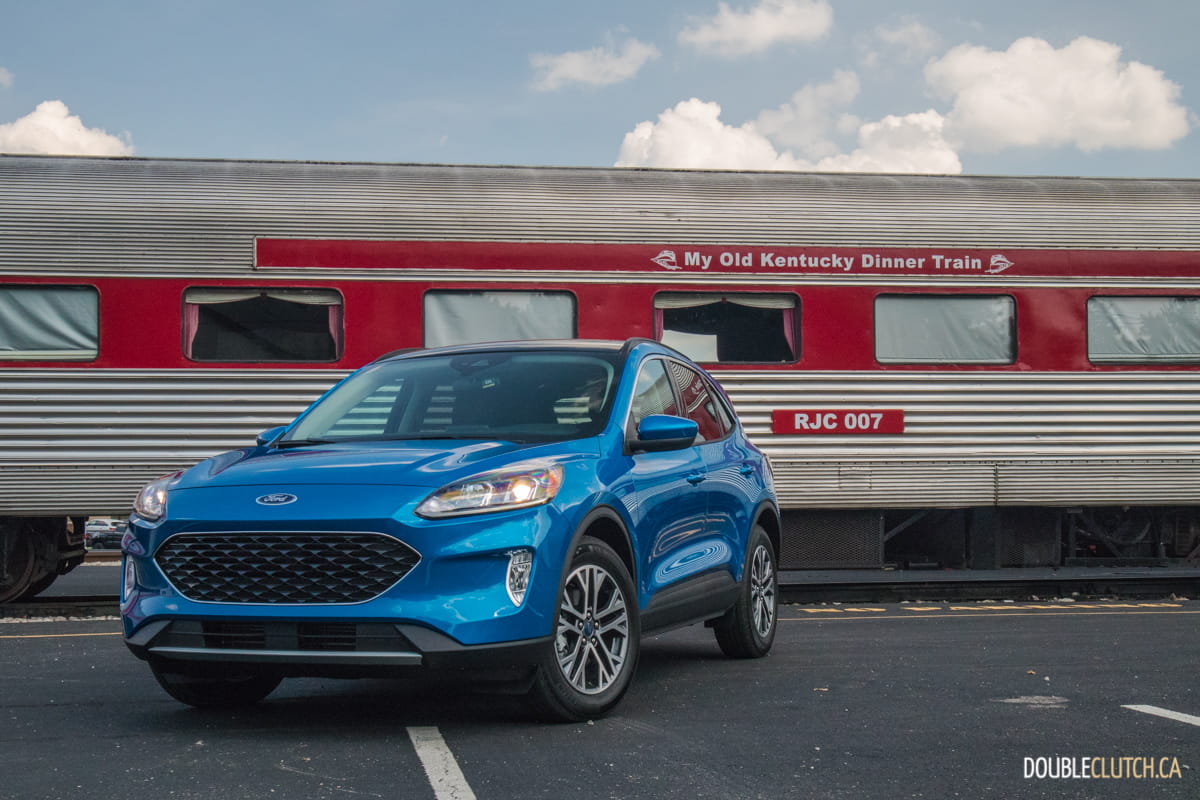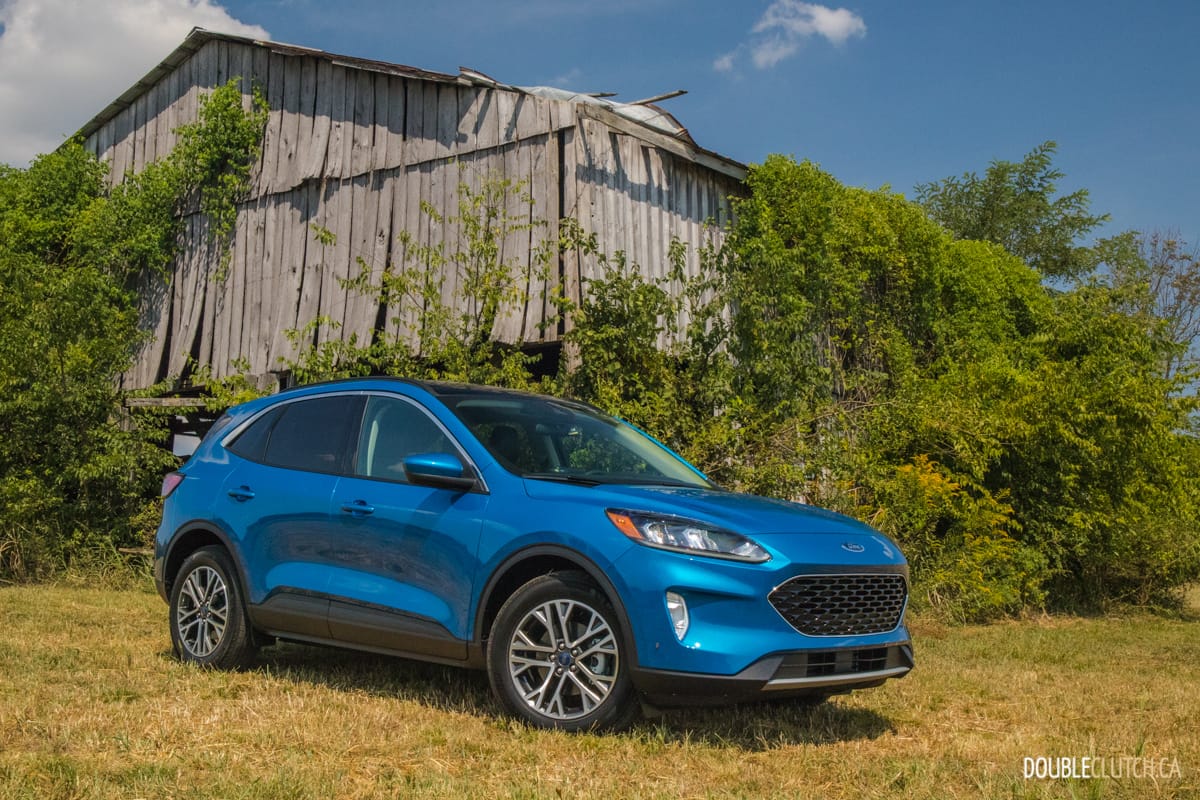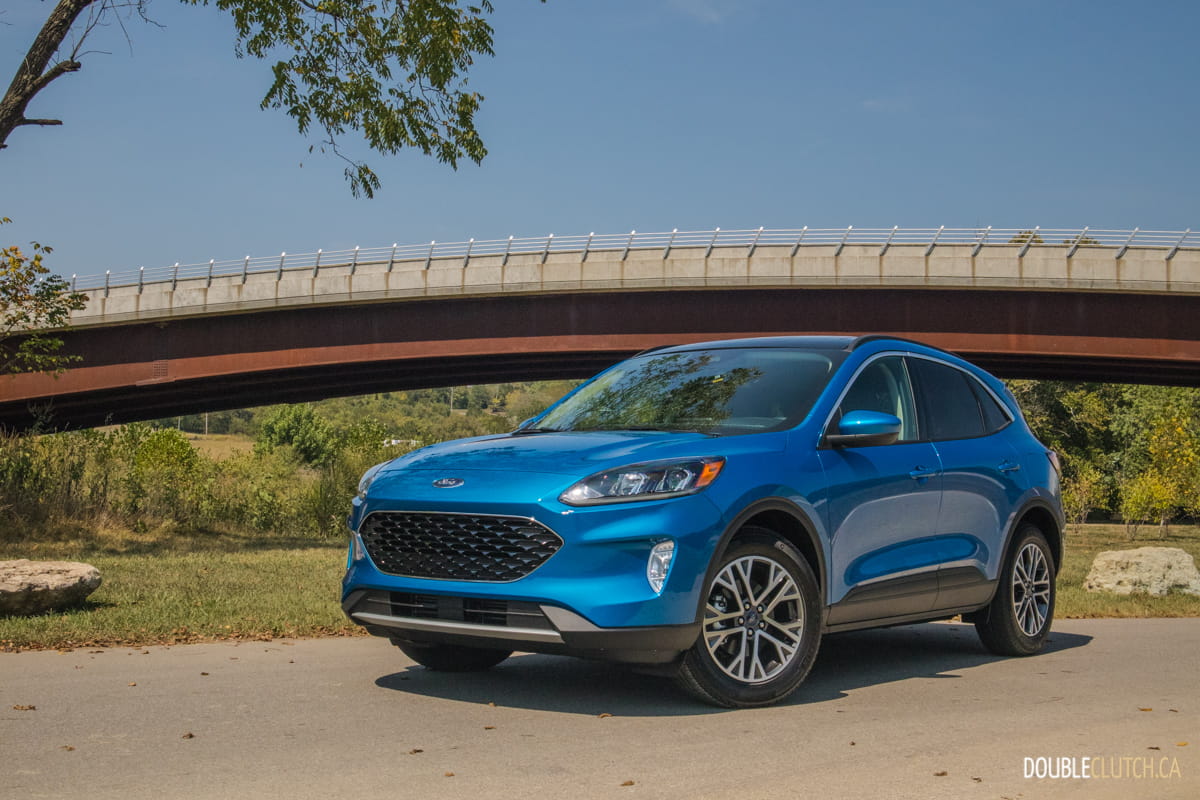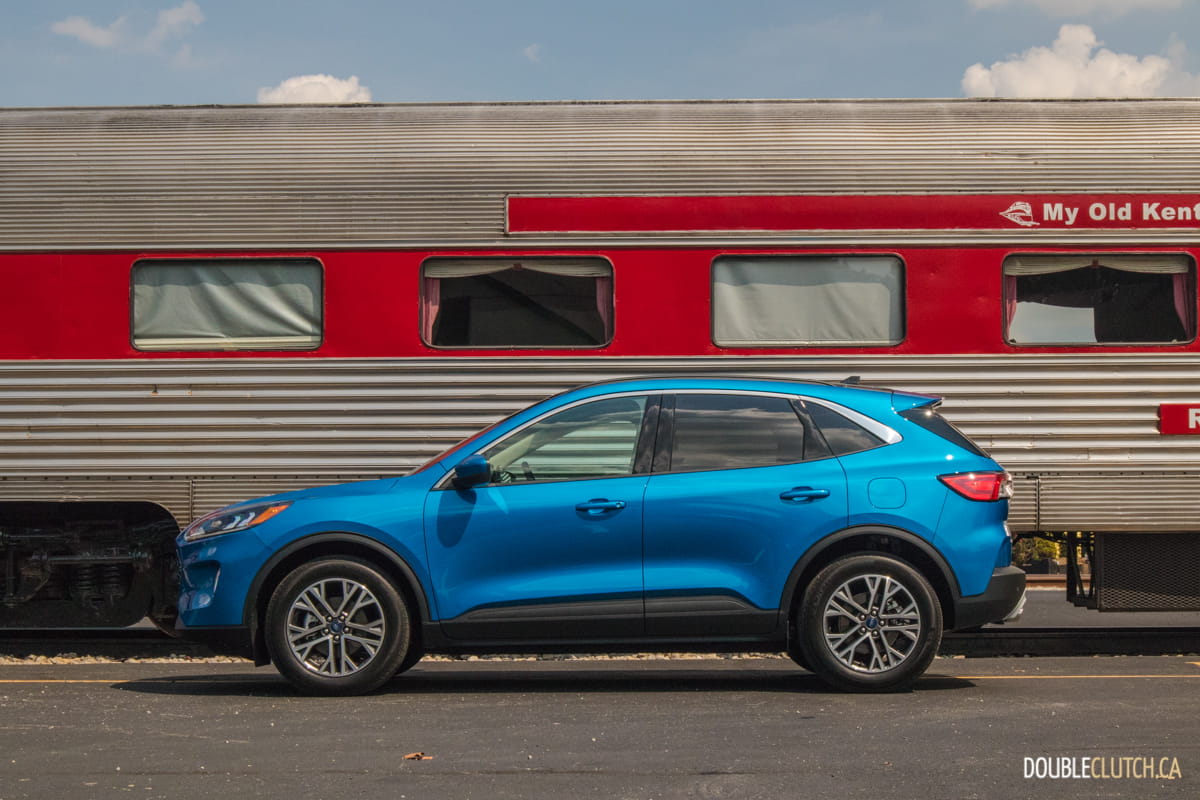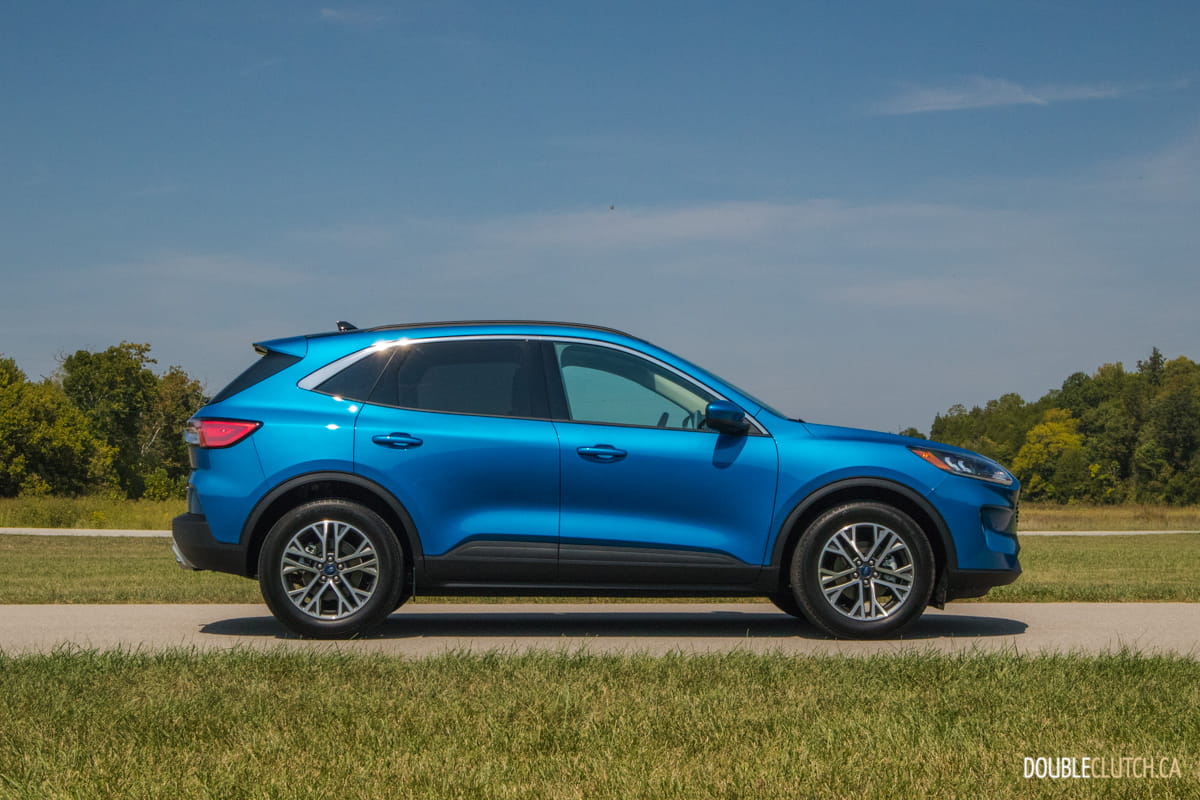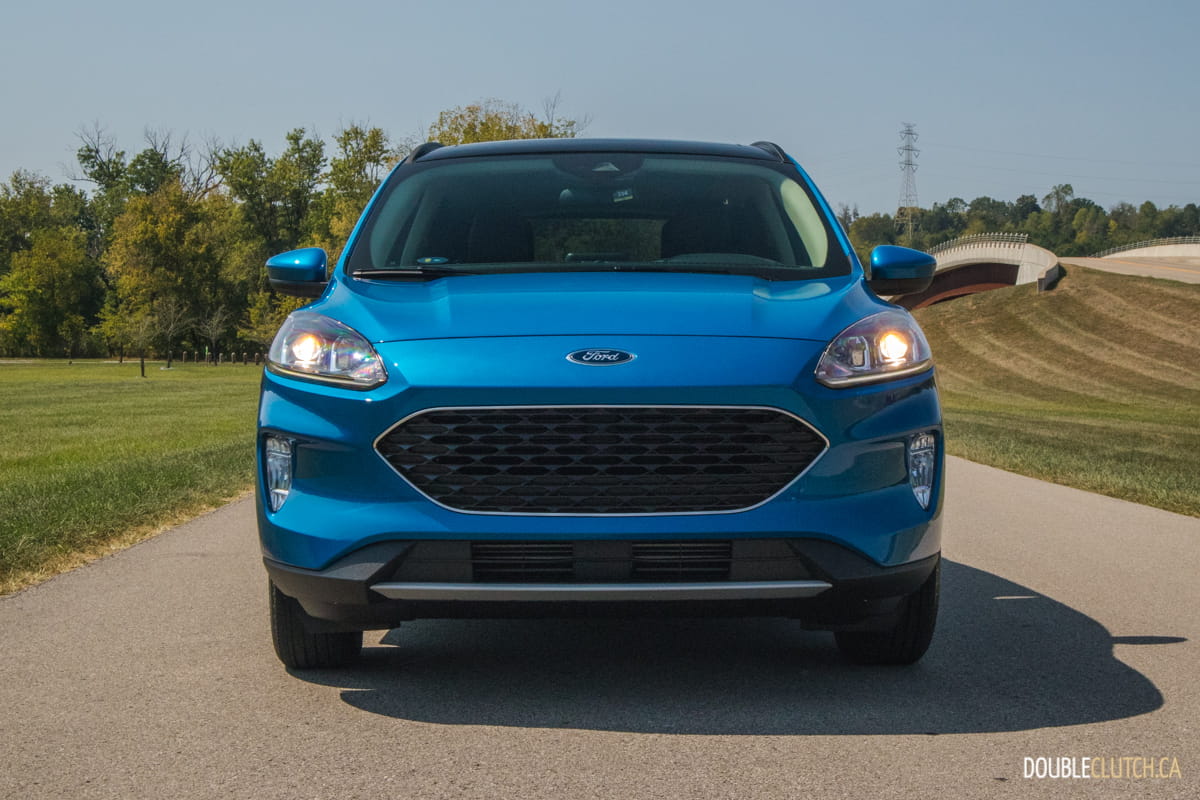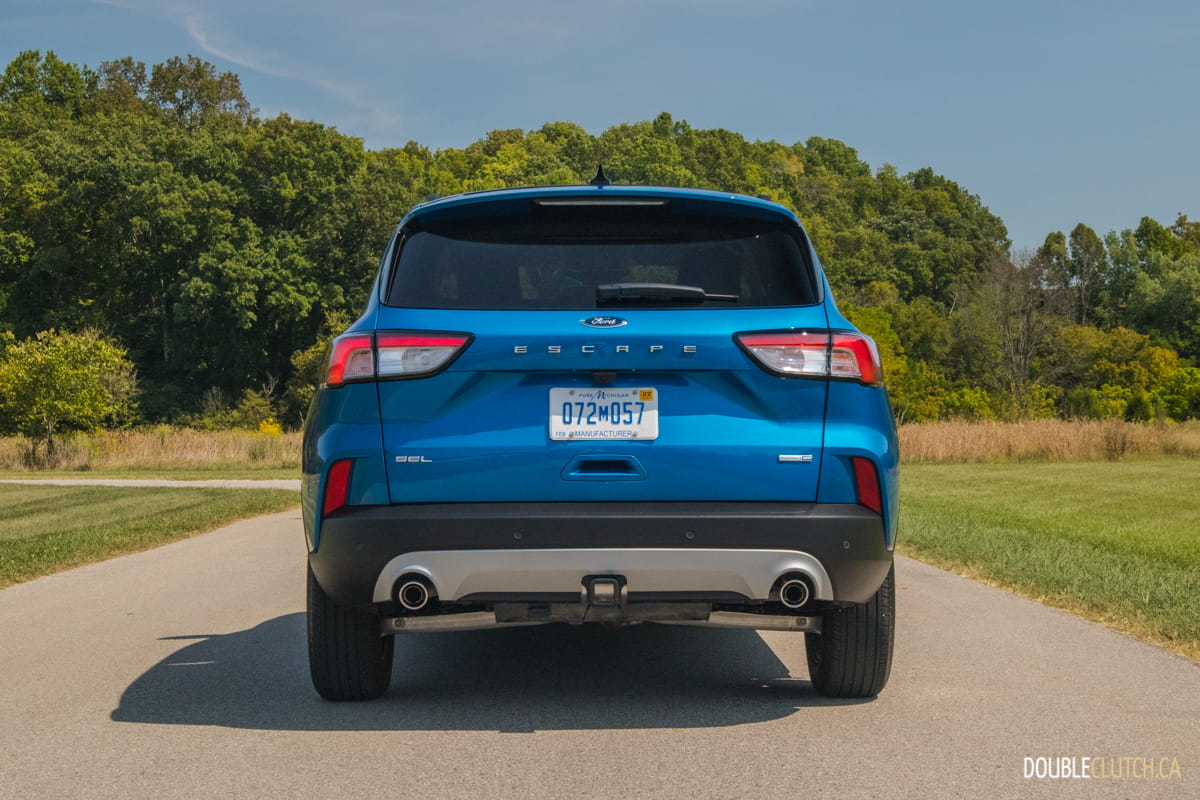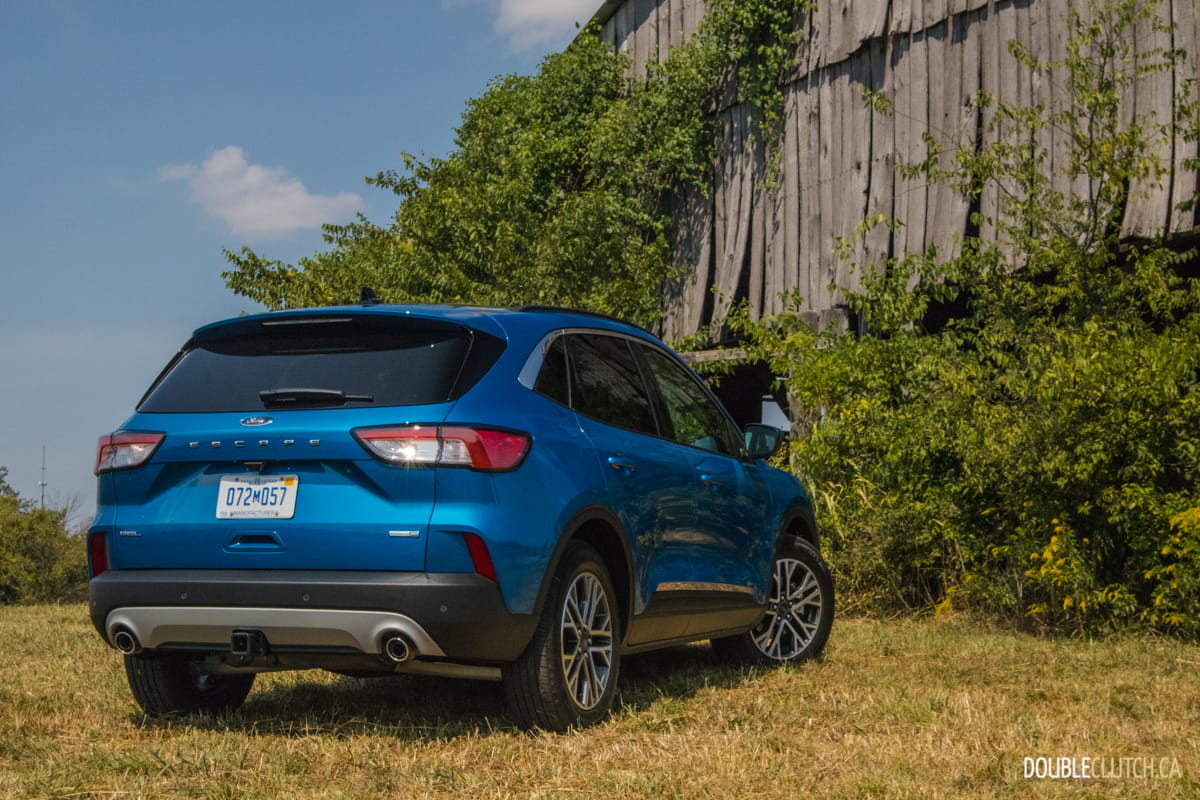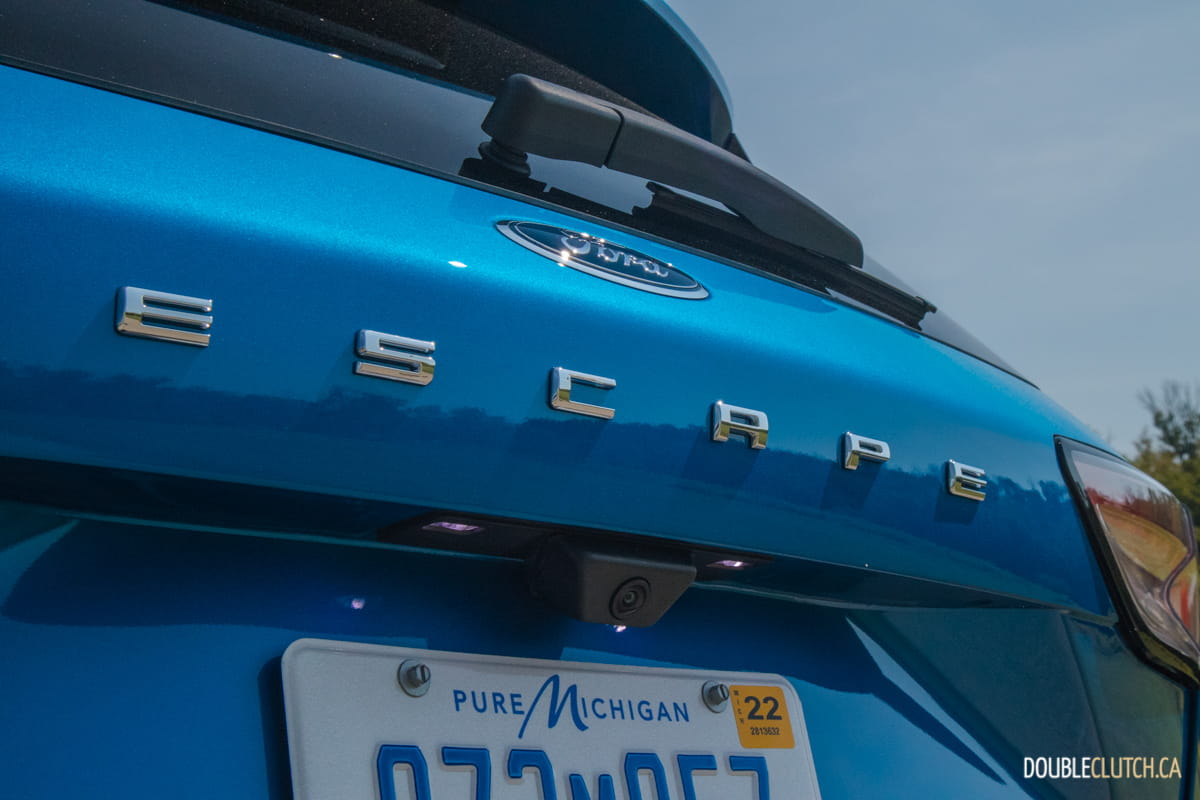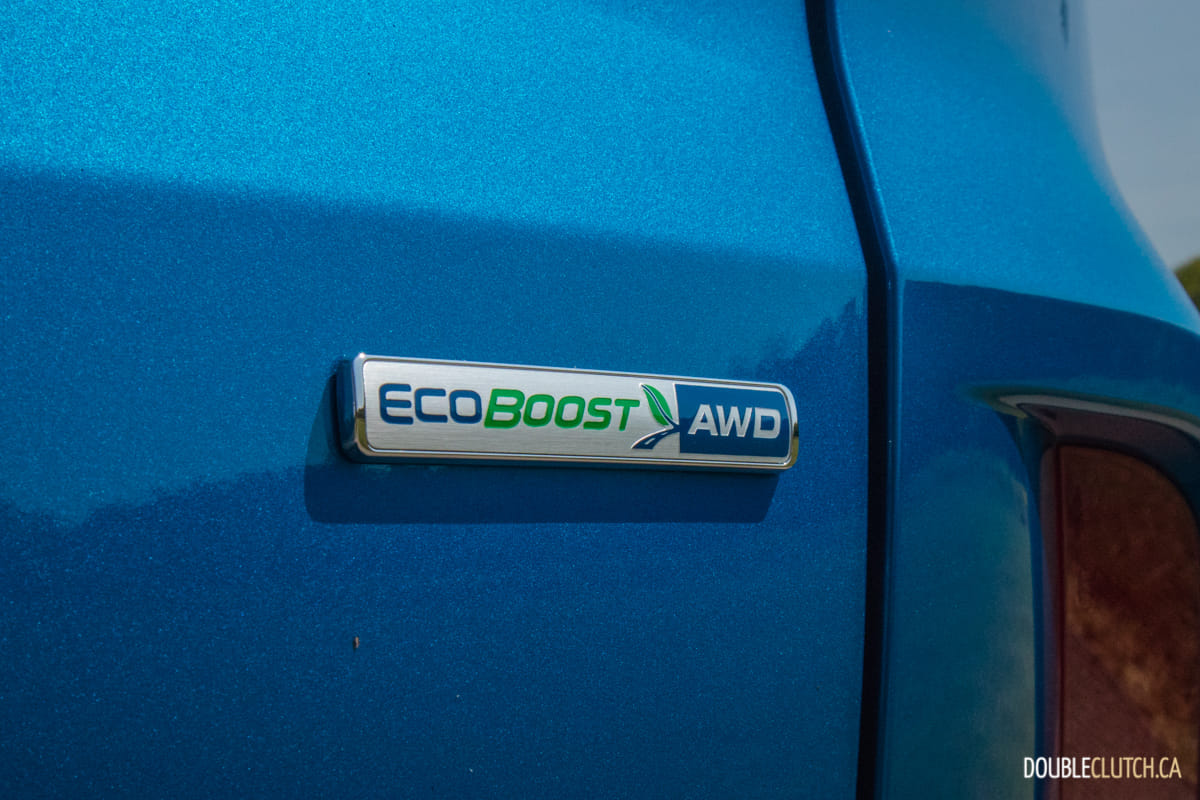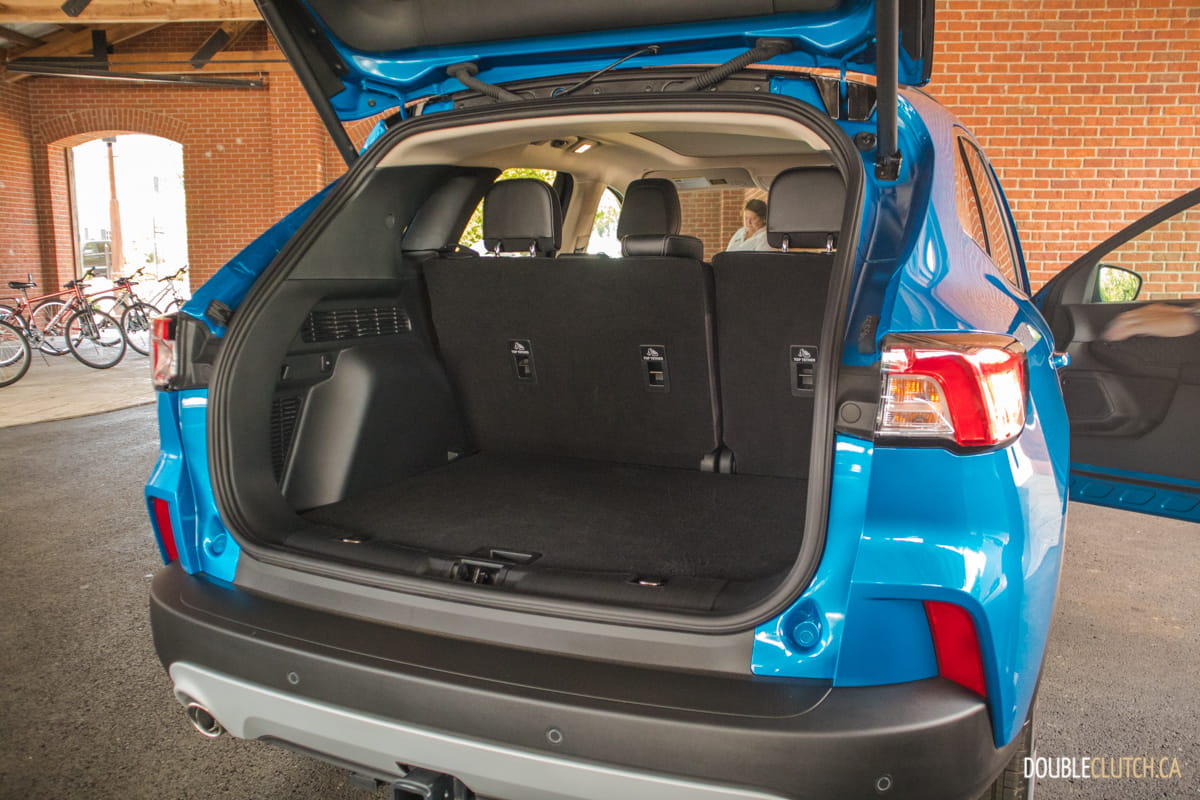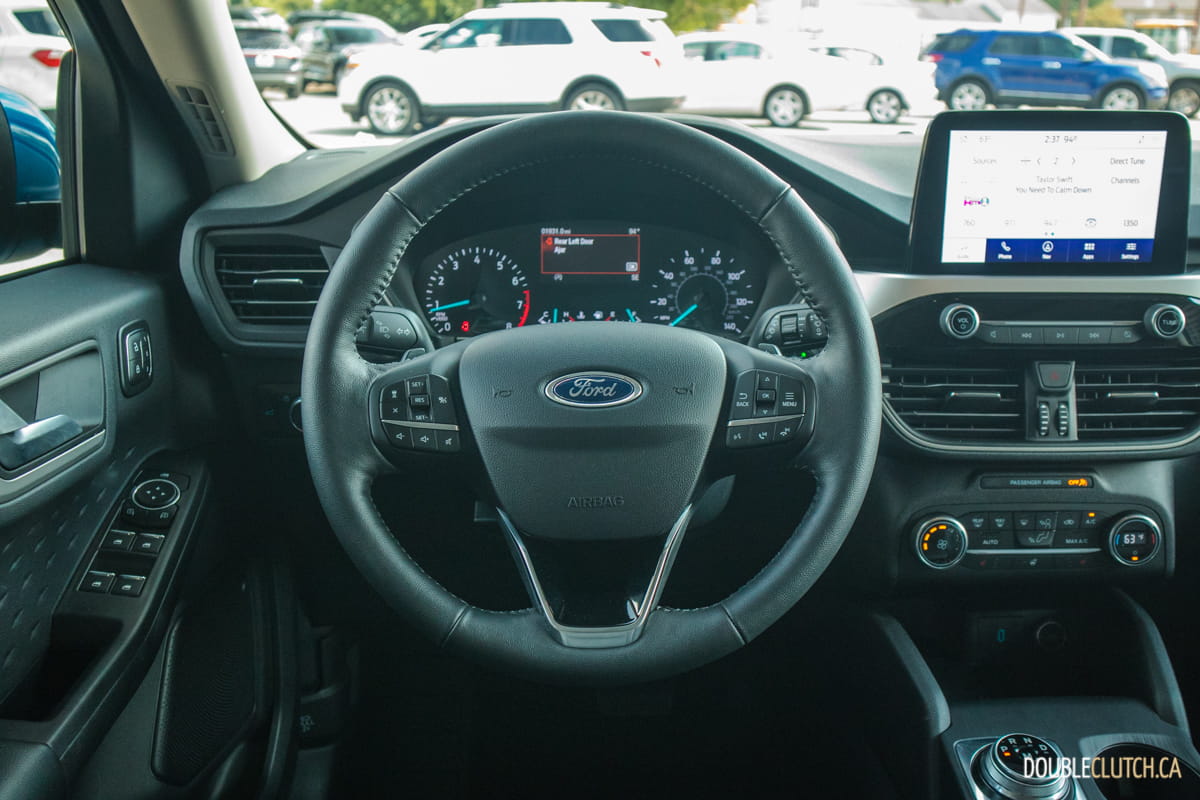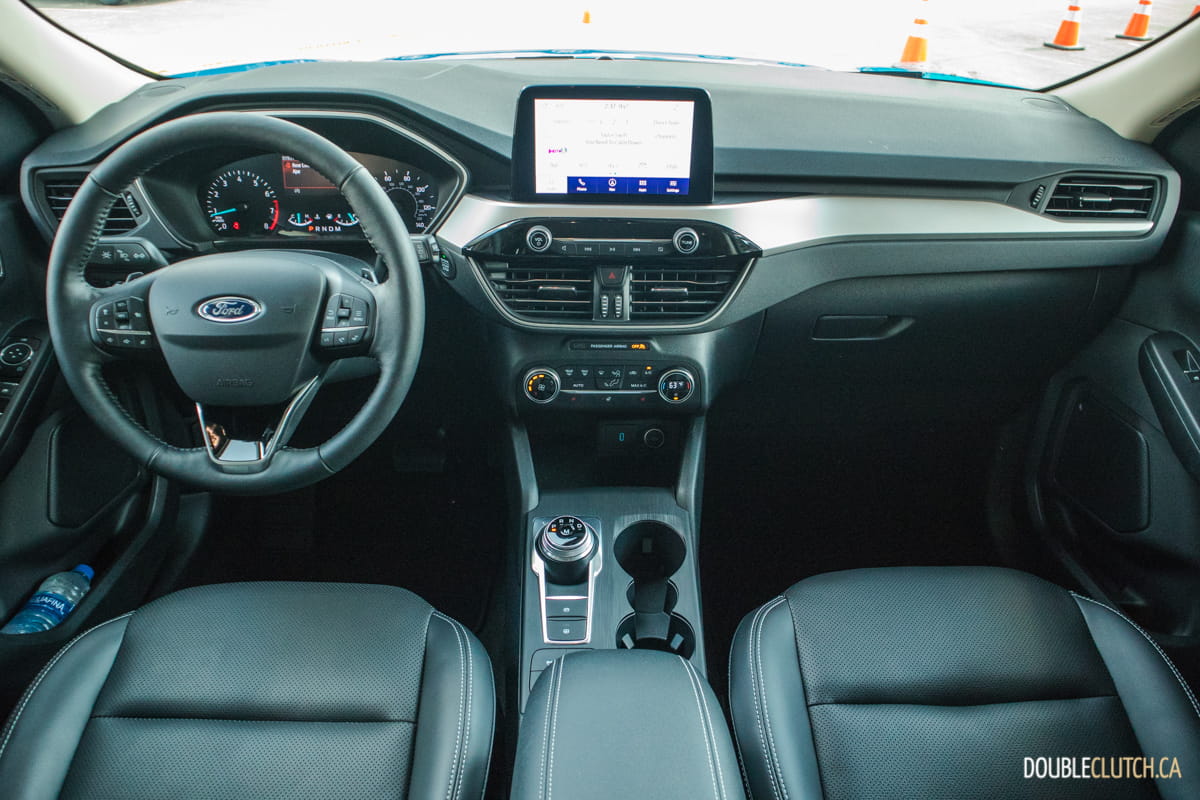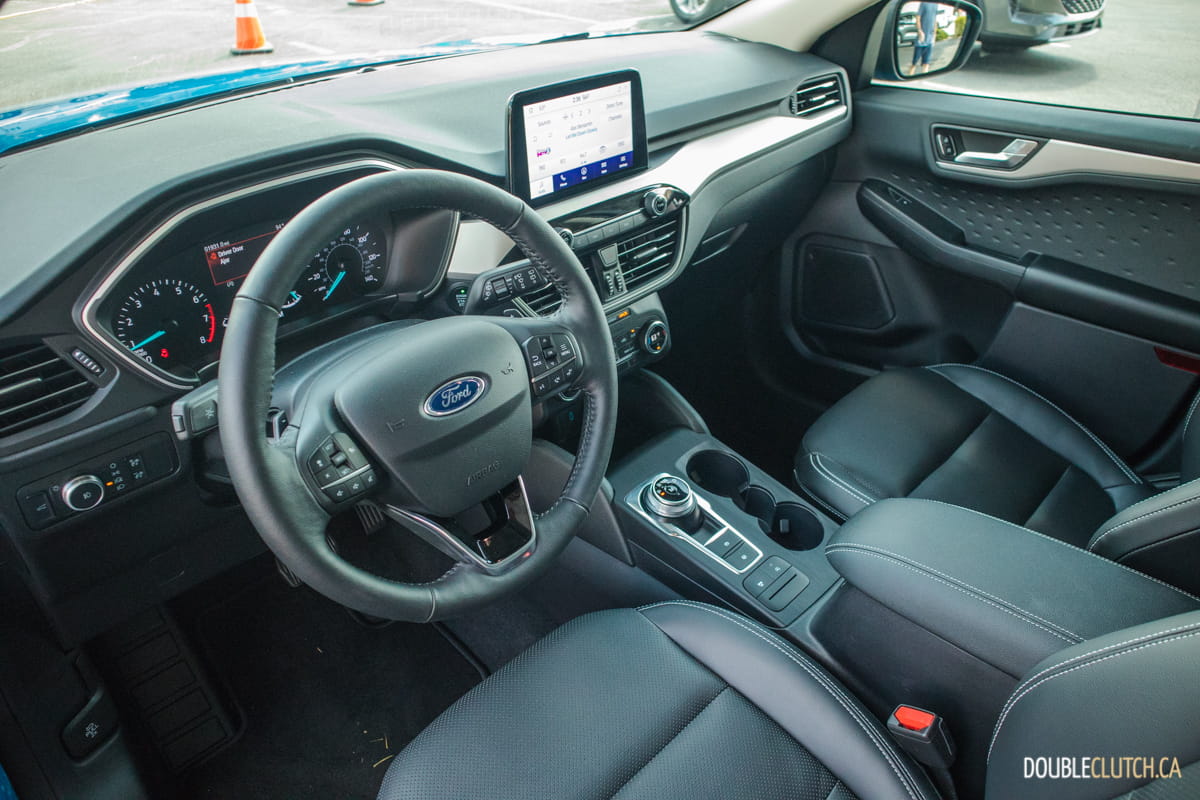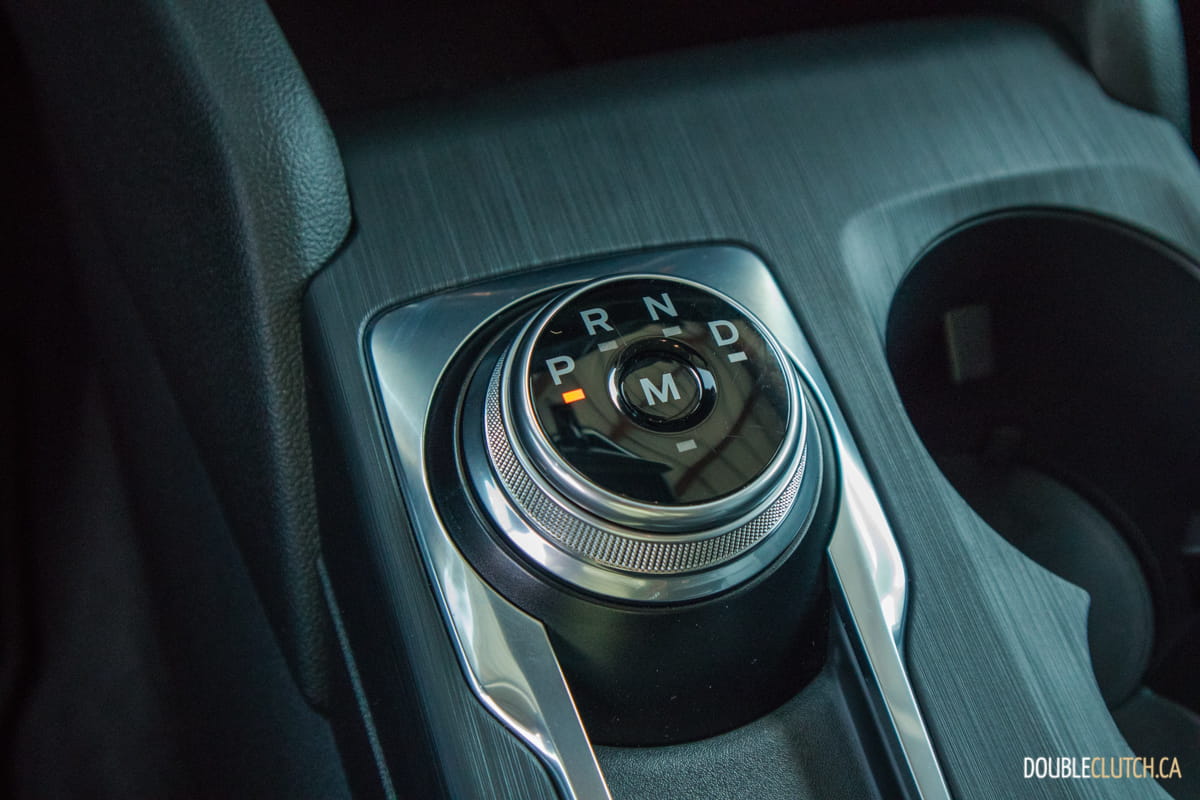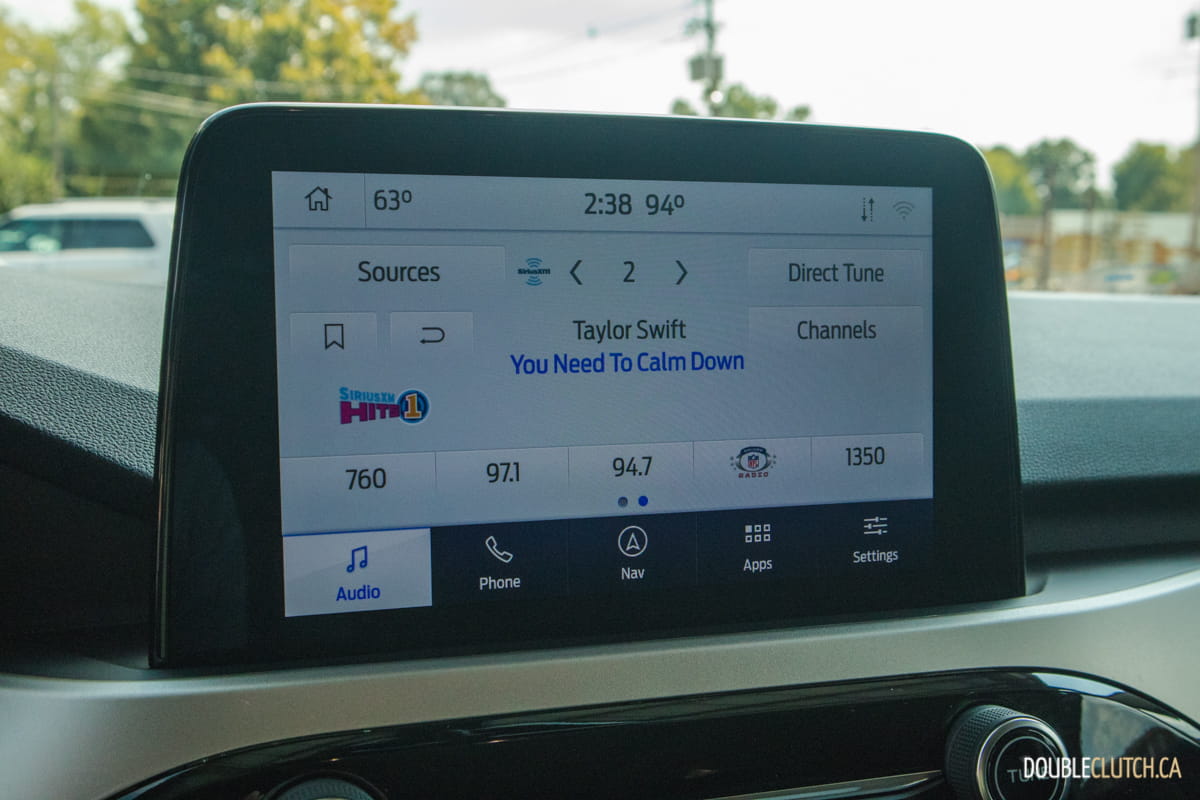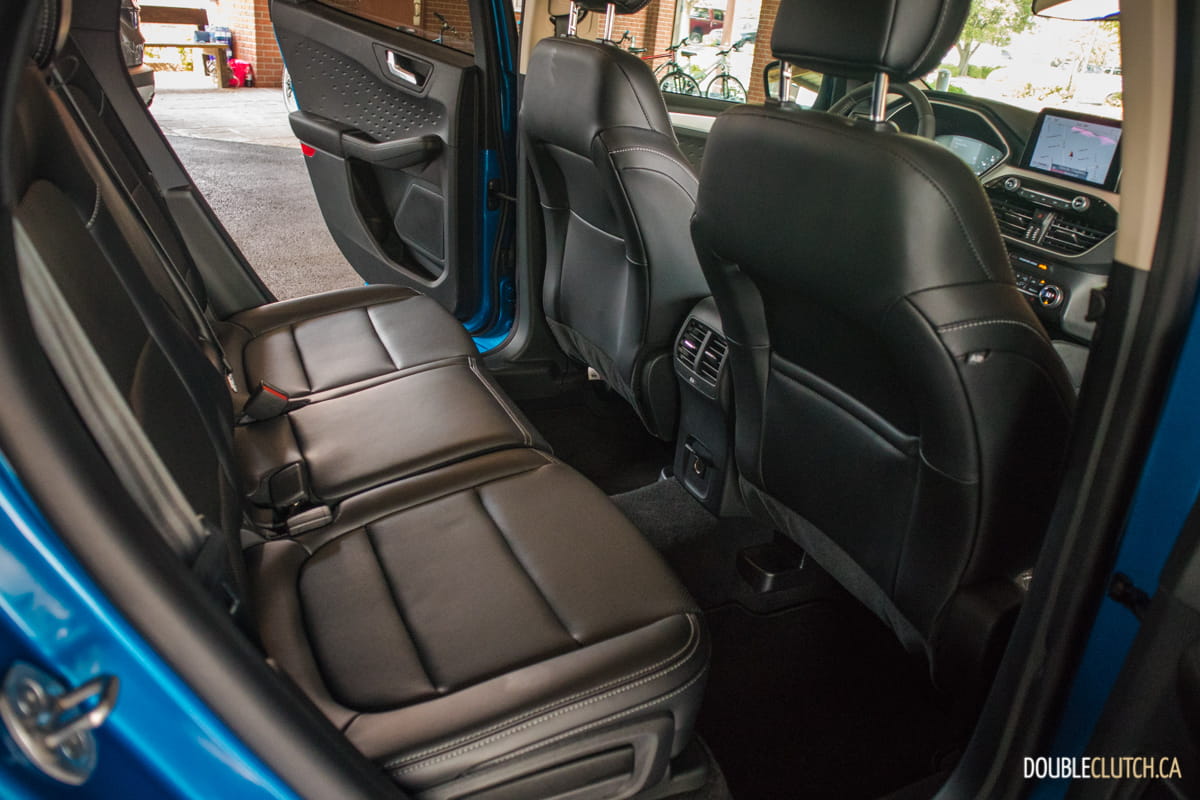LOUISVILLE, KENTUCKY – The outgoing Ford Escape has been around since 2012, and while it’s still fairly competent, its main problem is that literally every single one of its competitors has seen at least one major overhaul during that time. Ford has taken their sweet time, but the gap has been filled yet again with the introduction of the fourth-generation compact crossover. Ford invited us to Louisville, KY to sample the 2020 Ford Escape and Escape Hybrid, and learn more about the intricacies of the new volume-seller.
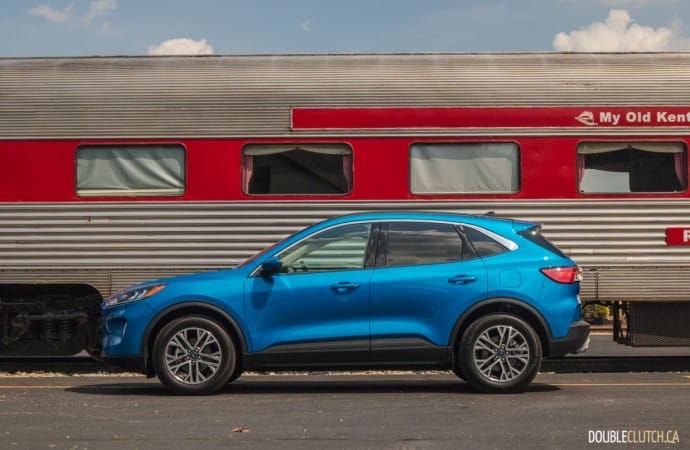
Ford’s hoping that this redesign will cause crossover buyers to return to a model they once knew and loved, rather than the hot competition. The new Escape sees an interesting change to the design language, choosing to employ more rounded styling all around rather than the boxy look of the first two generations of Escape. We’re seeing derivation from a few different models, namely the Kia Sportage and Porsche Macan (reviewed here). From some angles it tends to look a little bit awkward, as if the fascia belongs on a different car altogether, but there’ll be no mistaking the new Escape for the outgoing model.
Four powertrains will be available on the new Escape, starting with a base 1.5-liter turbocharged inline three-cylinder. This offers 180 horsepower and 177 lb-ft. of torque, and will be available in front or all-wheel-drive variants. The one you really want is the 2.0-liter turbocharged EcoBoost, offering 250 horsepower and 275 lb-ft. of torque. If you need to tow with your Escape, the 2.0 is the way to go with its 3,500-pound towing capacity. We also observed a surprisingly frugal 9.2L/100km in the 2.0 model with no effort at all to conserve fuel.
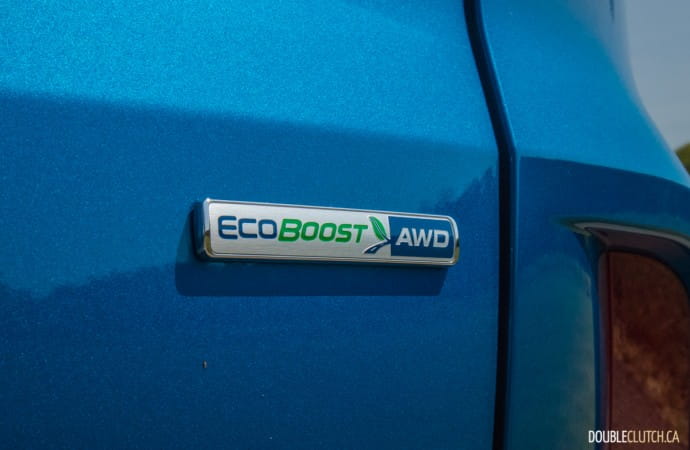
In operation, the 1.5-liter seems a bit anemic, but will be more than enough for those primarily doing city driving and never needing to do any towing. The 2.0, an updated version of the one it replaces, is extremely smooth and punchy, almost reminiscent of Kia’s peaky 2.0L (reviewed here) with urgent power delivery complemented by a whooshing exhaust. This engine is a great performer and Ford claims that the 0-60km/h sprint time is improved up to 10% over the outgoing 2.0L. Both EcoBoost engines are coupled to an eight-speed automatic transmission, a vast improvement in refinement over last year’s six-speed.
In an age where hybrid and electric vehicles seem to be storming into the market daily, it’s a pleasant touch to see the Escape Hybrid return after a long absence. This model is powered by a 2.5-liter Atkinson-cycle hybrid system hooked up to an electronic continuously variable transmission. While no EV-only range is suggested, the Escape Hybrid can do up to 137 km/h on only electric power, and offers a combined system horsepower number just short of 200. There’s no compromise to cargo space, either! The hybrid is available in front and all-wheel-drive, however the upcoming plug-in hybrid will be FWD only.
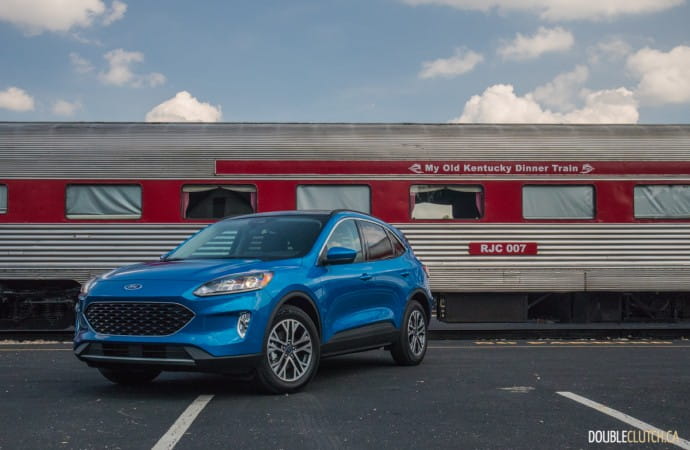
The new Escape has had extensive measures taken to ensure that noise, vibration and harshness are at a bare minimum. This seems to have had an effect, because it results in a crossover that’s much quieter than the redesigned Toyota RAV4 (reviewed here) and is about on par with the CR-V for the quietest vehicle in its segment. It’s somehow about 200 pounds lighter than the 2019 model even after factoring in the added insulation measures. Ride quality is among the best in the segment too, with the suspension system soaking up bumps and uneven pavement effortlessly.
The interior of the new Escape is fairly standard issue Ford, with the rotary dial gear selector taking up very little space in the cabin and contributing to a de-cluttered look. An eight-inch touchscreen is affixed to the dashboard and is powered by SYNC 3, with Apple CarPlay, Android Auto, and WiFi connectivity. Most controls are easy to access and offer seamless operation, though the button to start the engine is placed at an extremely awkward angle and is nearly impossible to reach. The door panels have some cheap-feeling plastic materials and I wasn’t the biggest fan of the cloth seat material, but seat quality in the leather-upholstered models was fine.
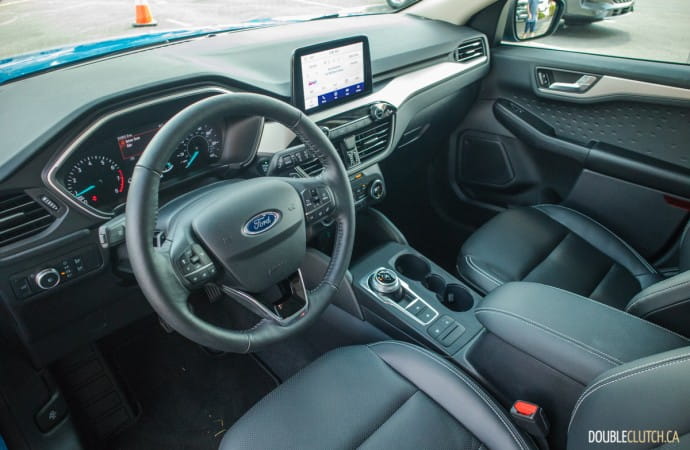
Ford offers their Co-Pilot360 system as standard issue, which includes an automatic high beam system, lane keep assist, pre-collision assist, a rear-view camera, and automatic emergency braking with pedestrian detection. Optional features include adaptive cruise control, Active Park Assist 2.0, and Evasive Steering Assist. The Active Park Assist system means the Escape can park itself into a parallel or perpendicular parking spot easily, and also offers a “Park Out” feature that can position the vehicle to easily exit the spot when it’s time to leave.
Canadian pricing starts at $28,549 for the Escape S with FWD, and $30,049 for the AWD model. The SE in AWD guise will be the Canadian volume seller, priced at $32,049 and offering features such as automatic climate control, SYNC 3 with the larger touchscreen, 17” wheels, privacy glass, intelligent access, and more. The advanced Co-Pilot Assist package is an extra $850 on this trim. Topping out the range are SEL and Titanium models, and what’s interesting is that the Titanium comes standard with the hybrid engine, at $38,049 in AWD spec. If you choose to stick with the 2.0 EcoBoost, Ford will charge an extra $2,000.
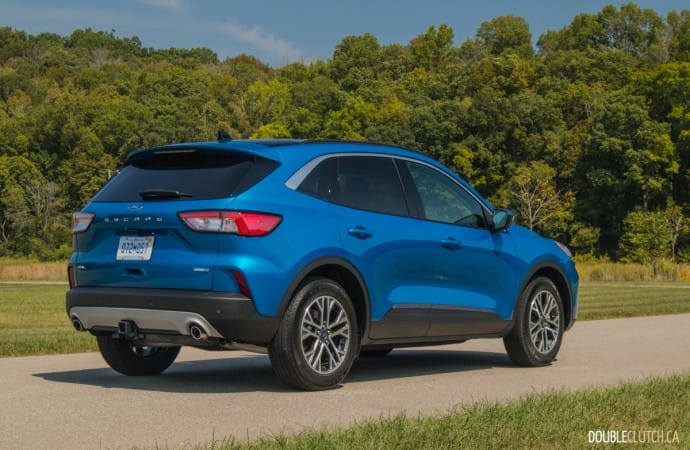
It’s a great time to be in the market for a crossover, with huge sellers like the CR-V (reviewed here) and Escape, sporty variants like the CX-5 and Sportage, and diesel entries like the Chevrolet Equinox and GMC Terrain. The 2020 Ford Escape is available in both gas and hybrid forms, and Ford even has a plug-in hybrid electric version which will go on sale in the spring. The 2020 Escape is a compelling entry built at the Louisville, Kentucky plant and goes on sale this fall.
See Also:
2018 Kia Sportage SX T-GDI
2019 Toyota RAV4 Limited AWD
2019 Volkswagen Tiguan Highline


